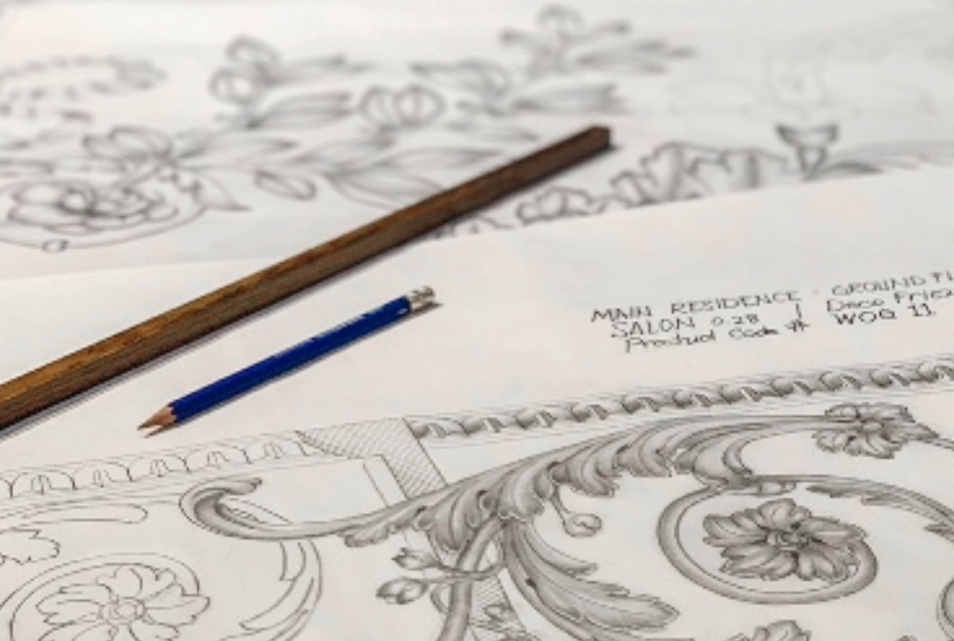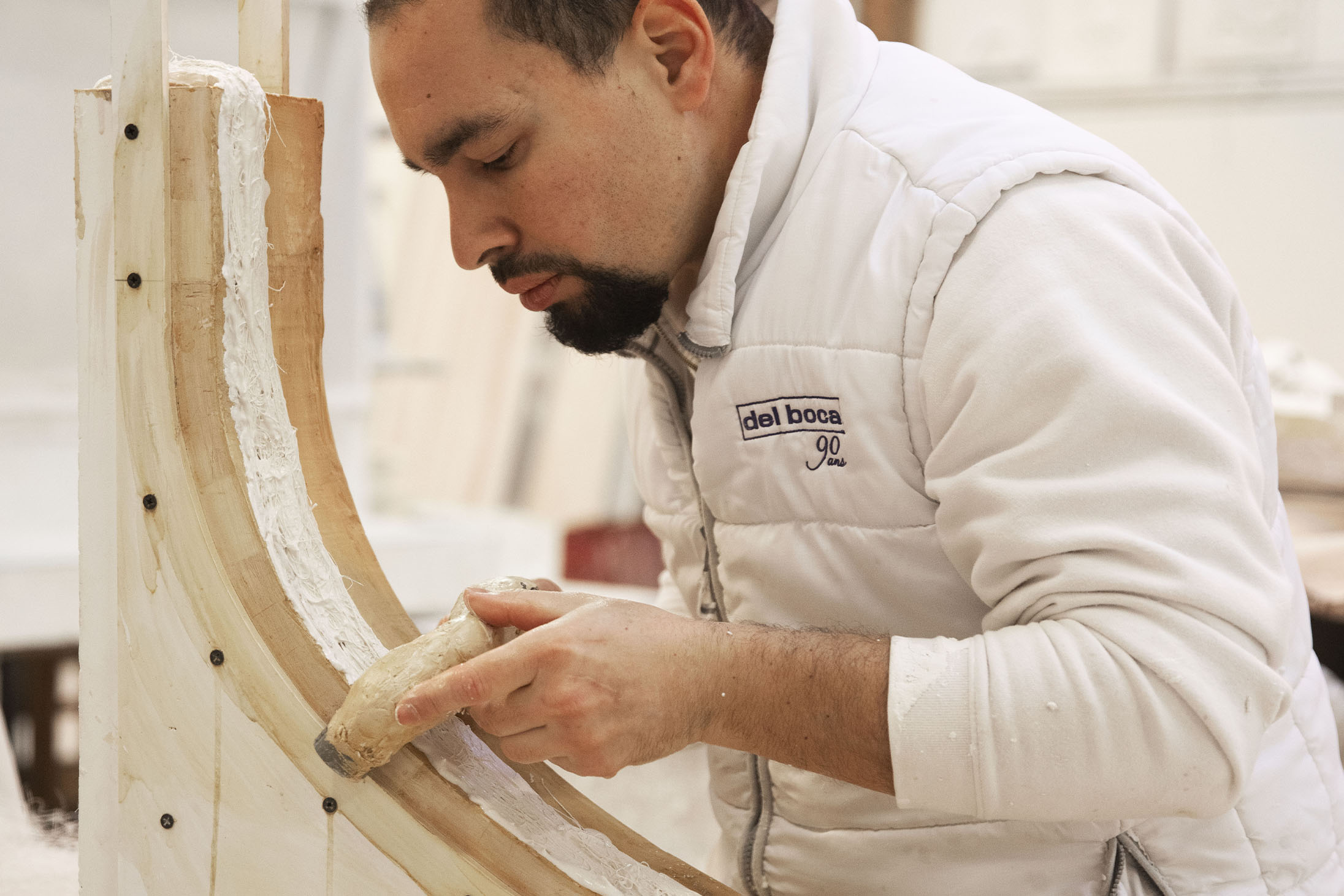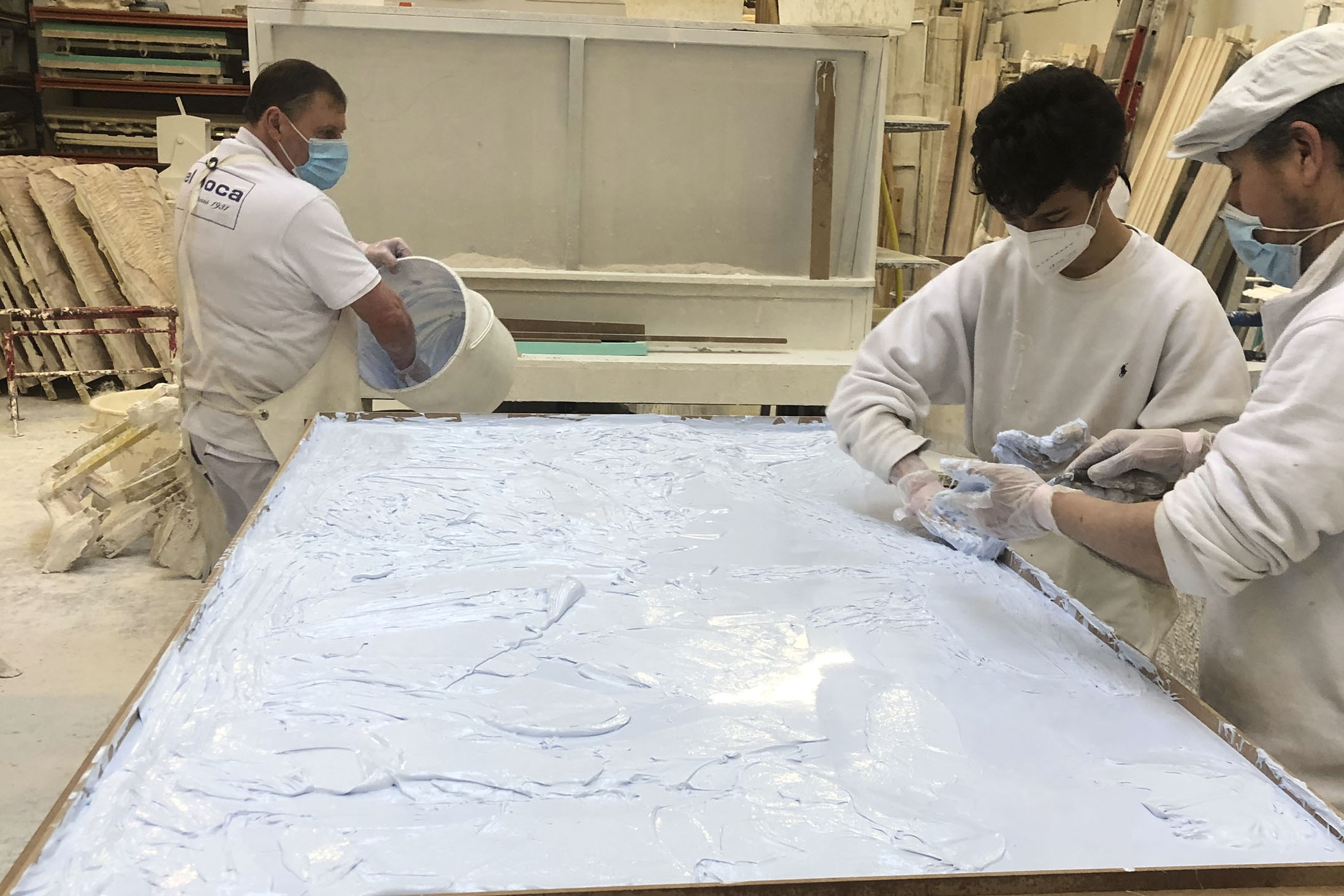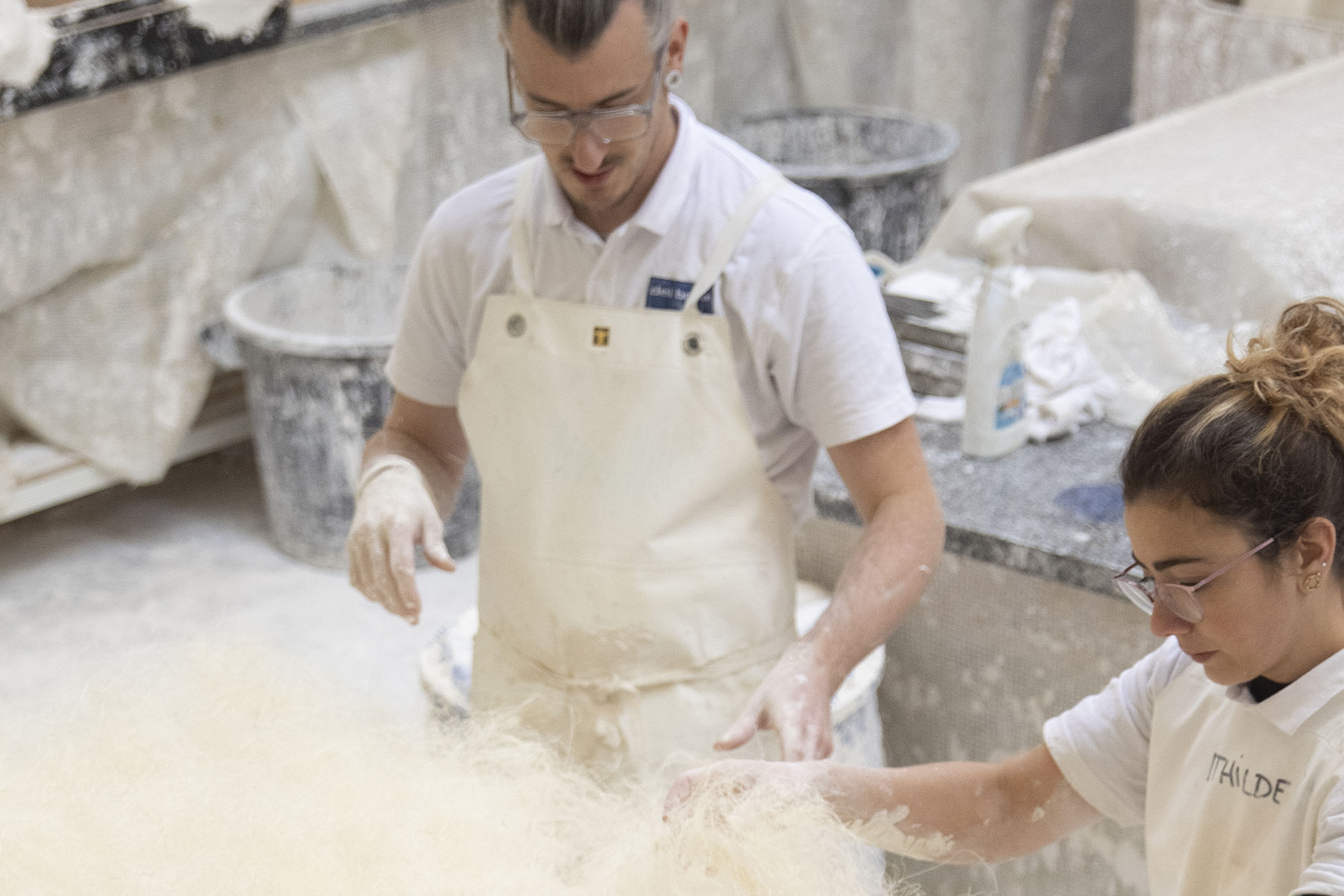
Staff & Stucco
Staff et Stuc: exceptional expertise in decorating and restoring architectural elements
Staff and Stucco: Exceptional Craftsmanship in Decorative and Restoration of Architectural Elements

Staff & Stucco
L'Atelier is renowned for its expertise in staff, stucco and ornamentation. The art of the staff and stucco craftsman lies above all in the mastery of plaster and the associated gesture. Using techniques inherited from the 19th century, our journeymen work in accordance with the rules of the art to create decorative elements such as cornices, moldings, rosettes and decorative ornaments.
Staff, an exceptional know-how

Classic

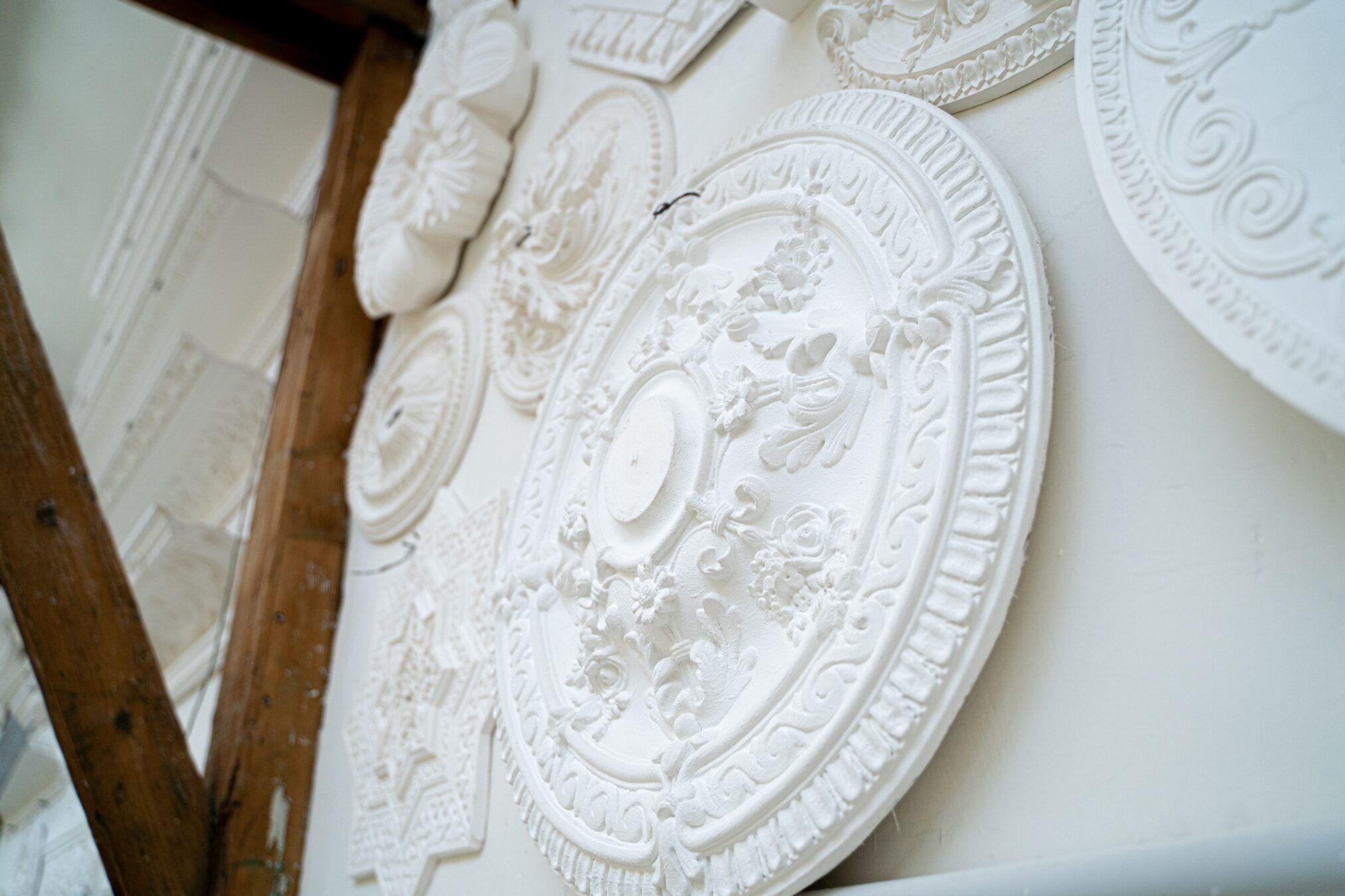

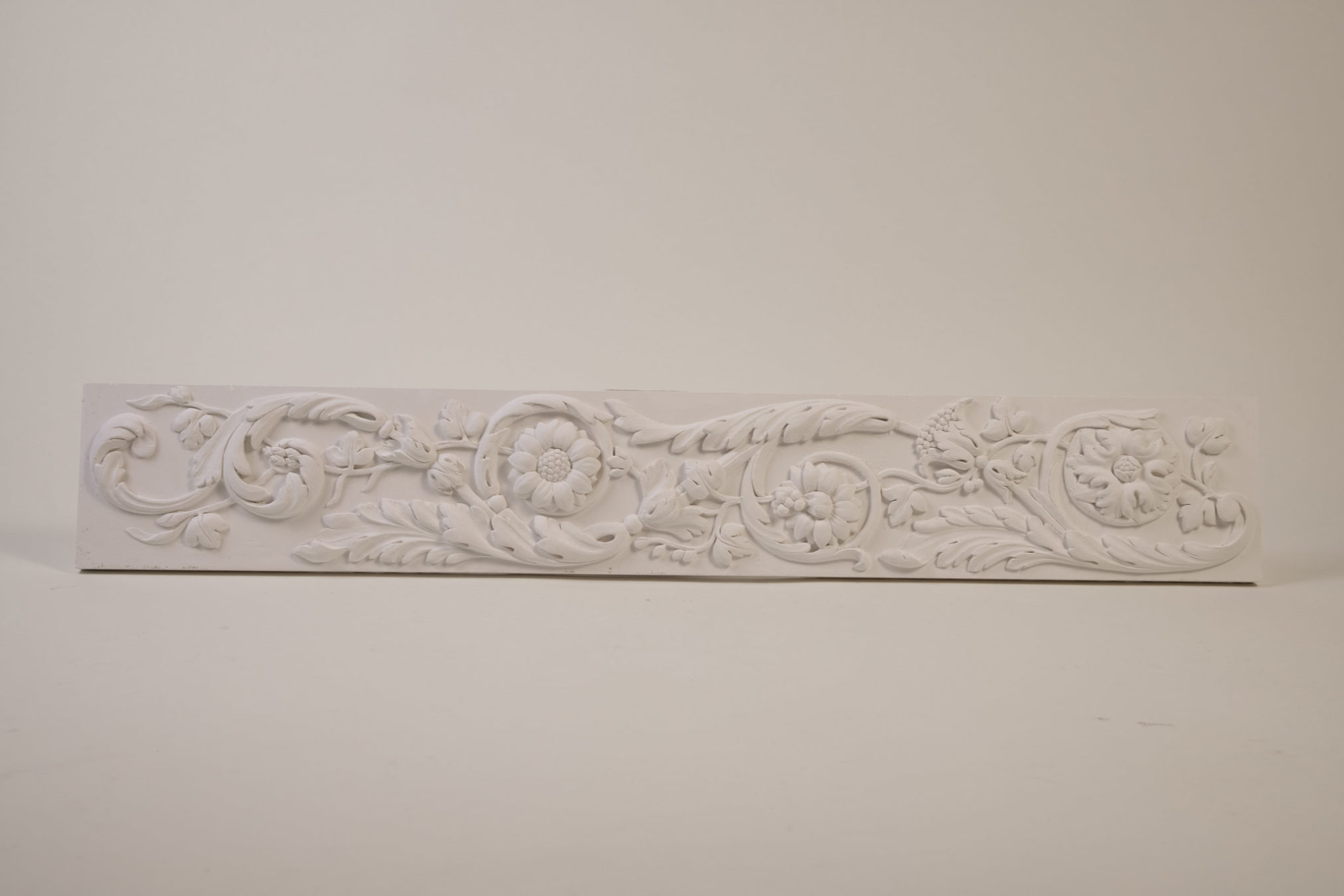


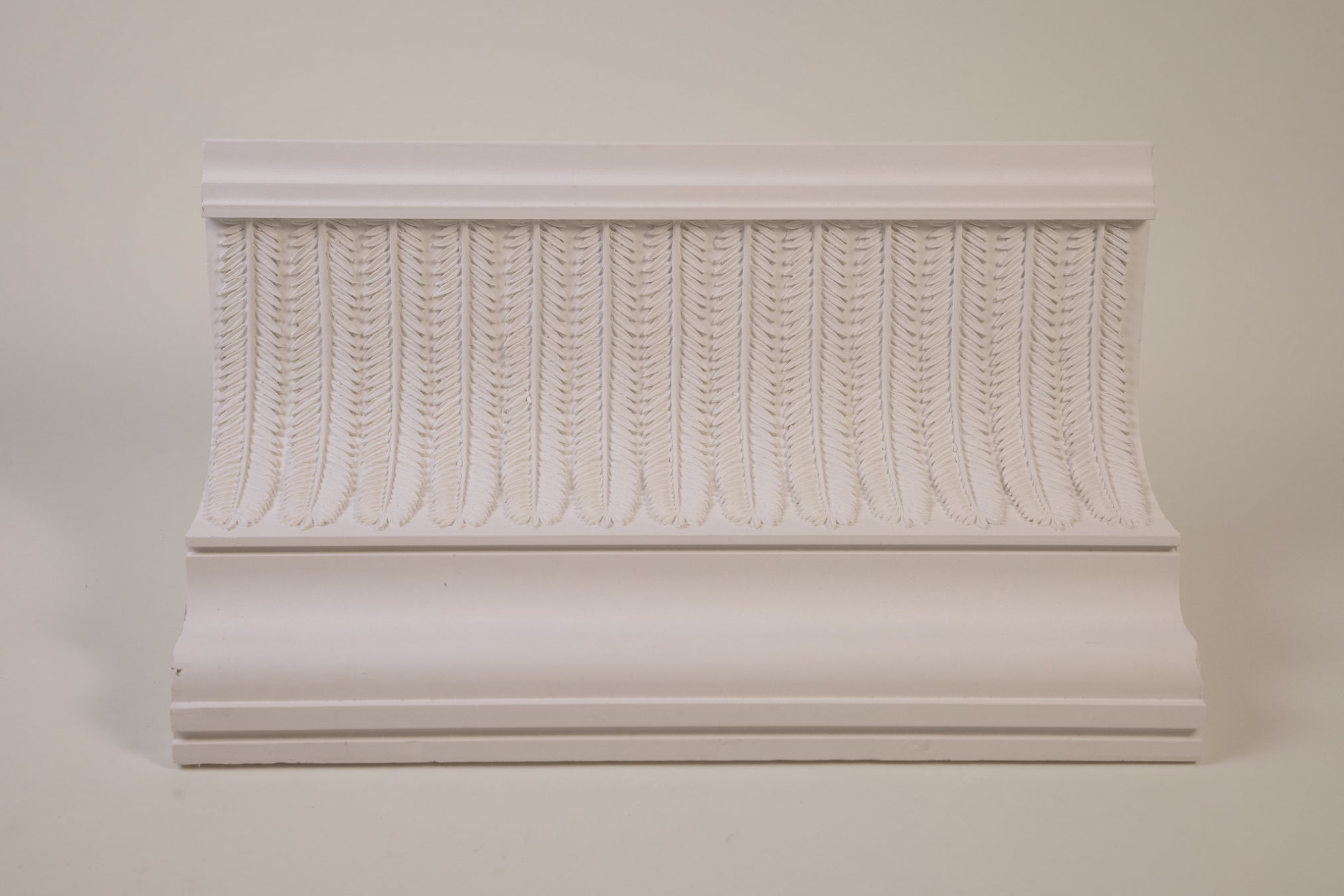

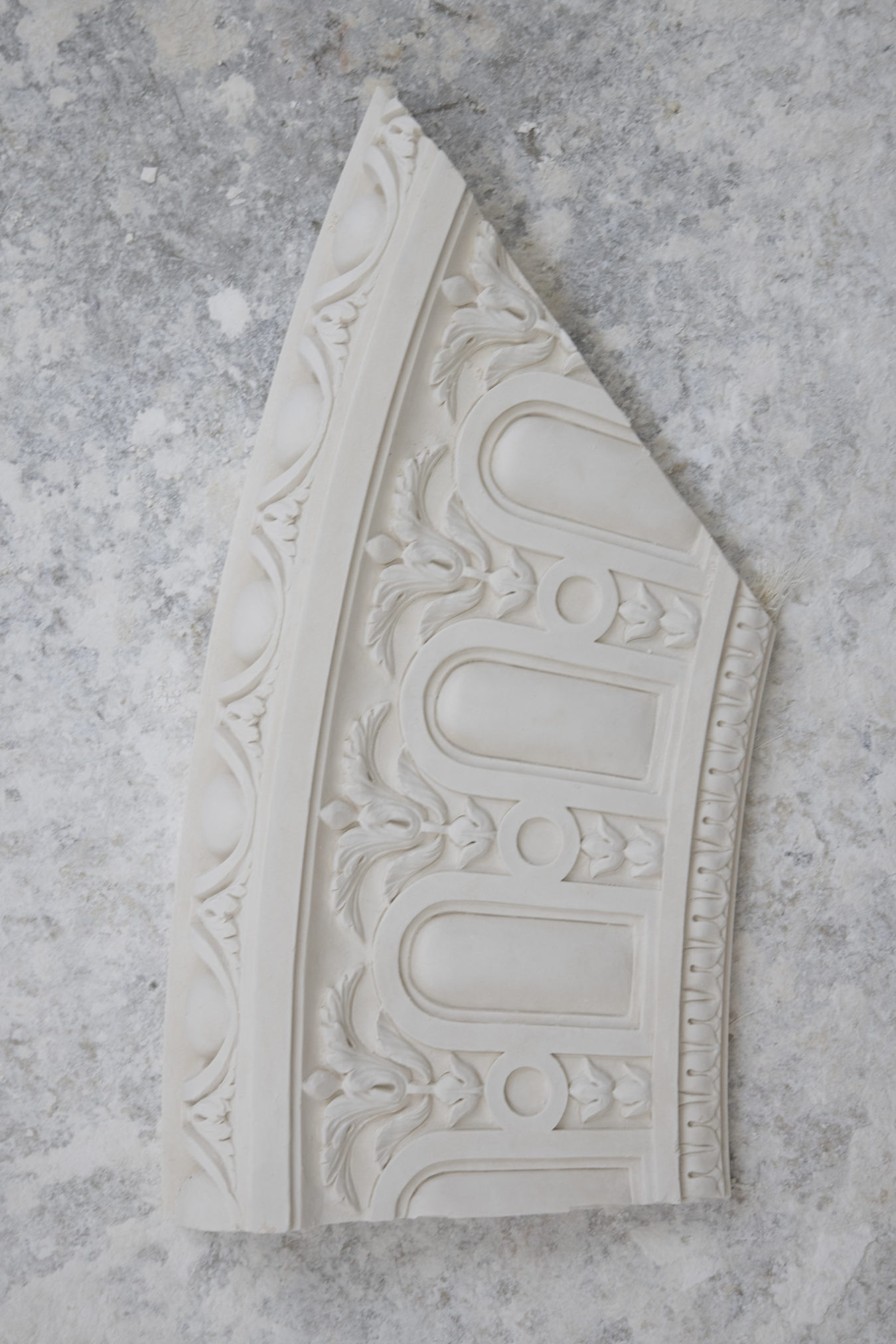
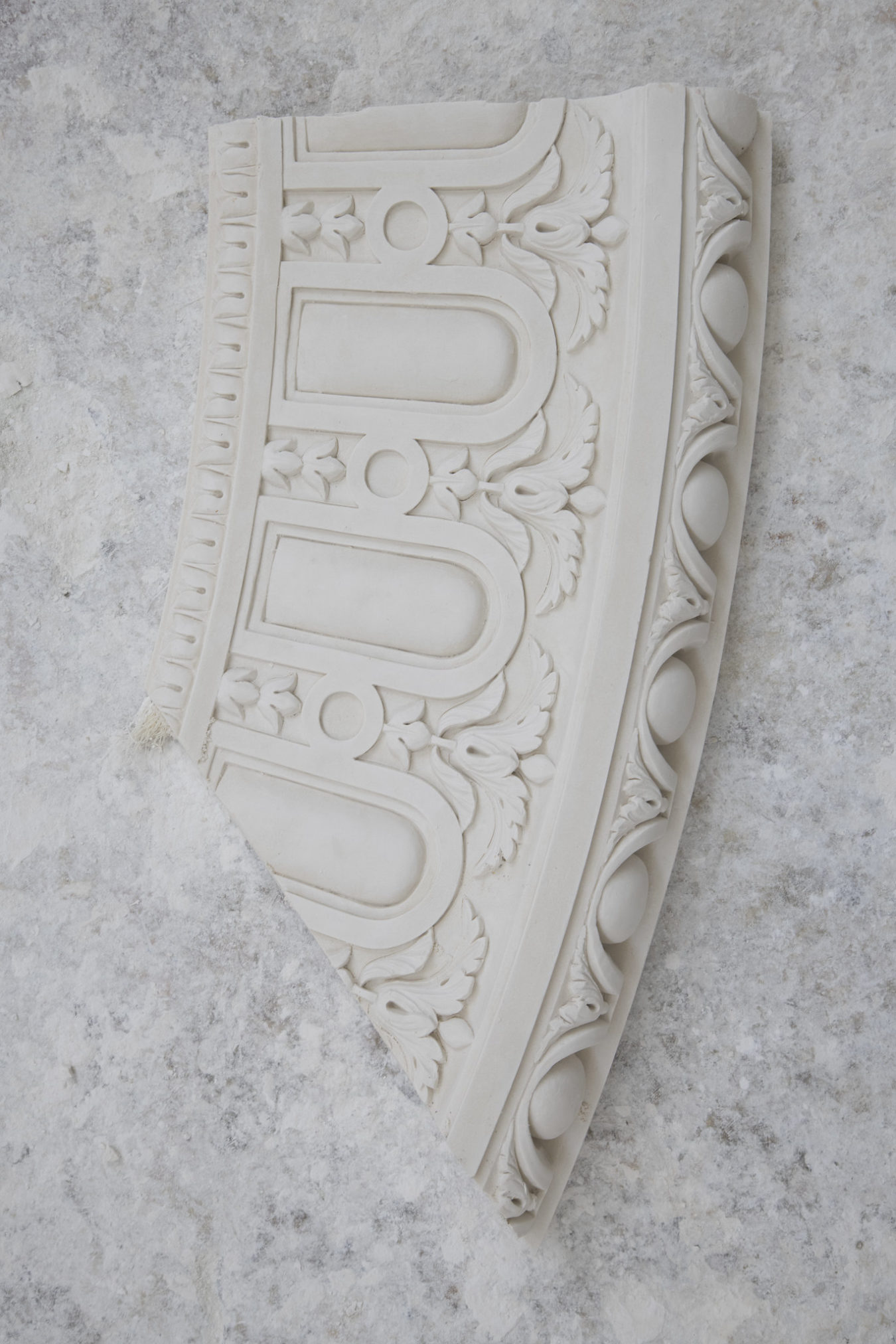
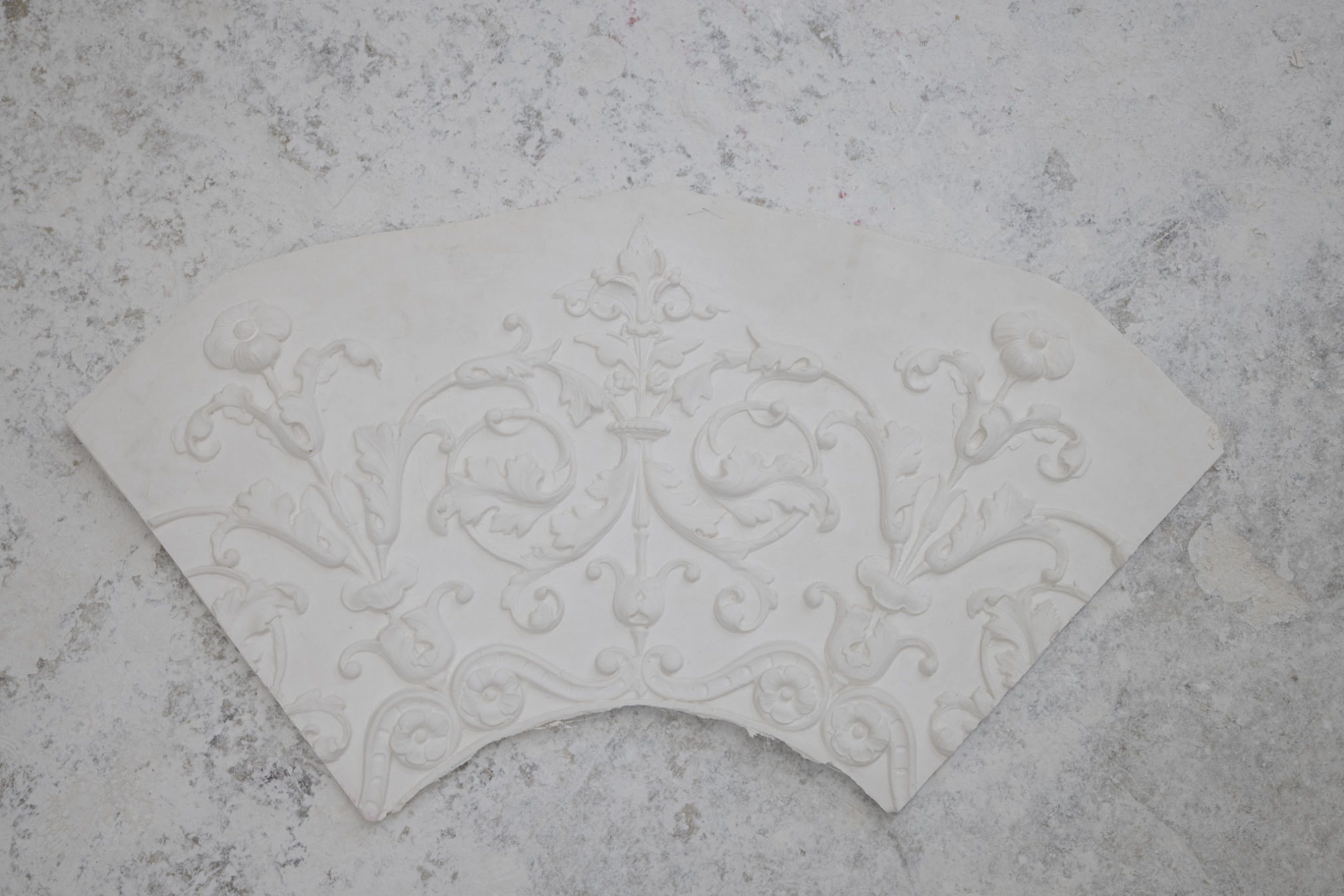
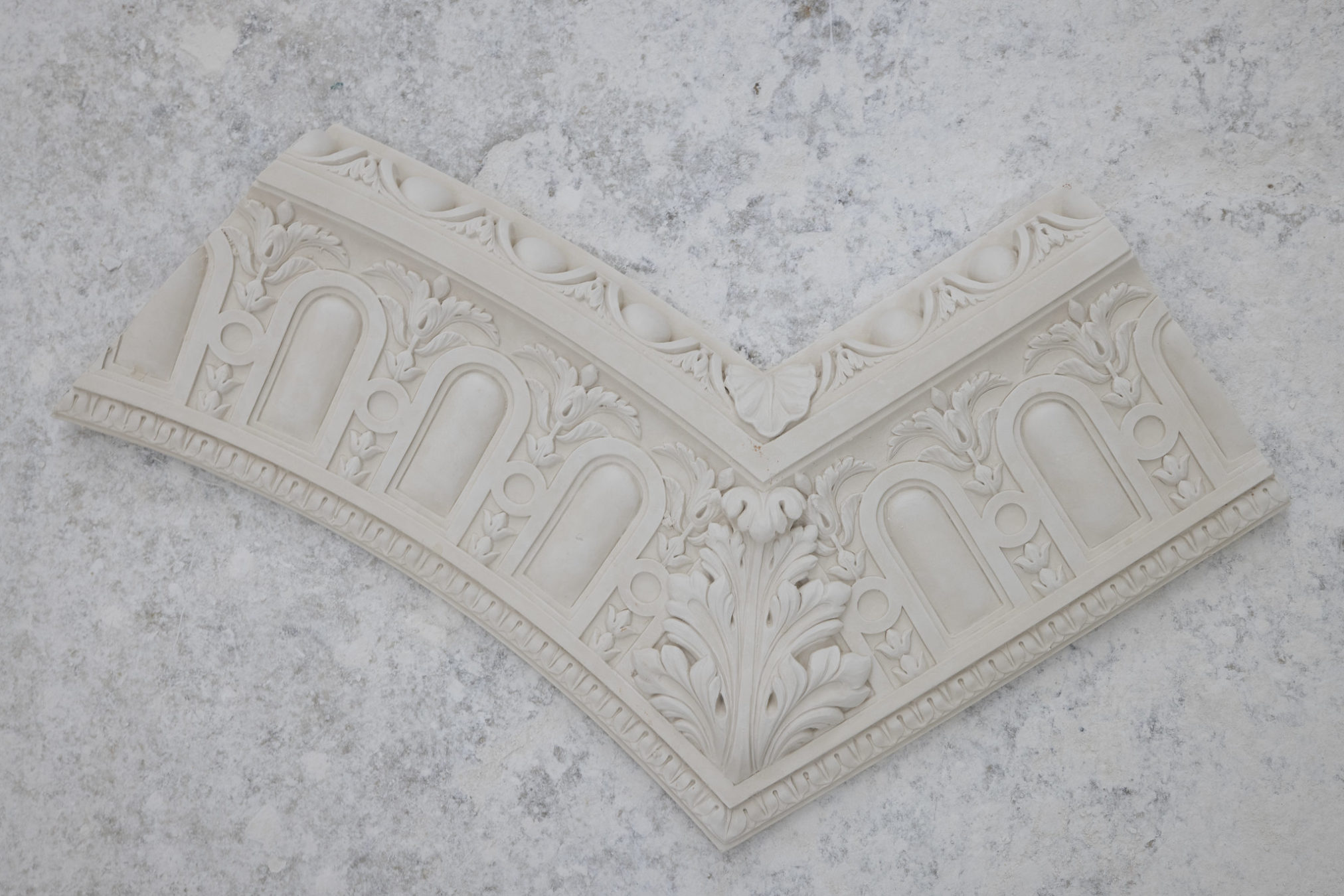
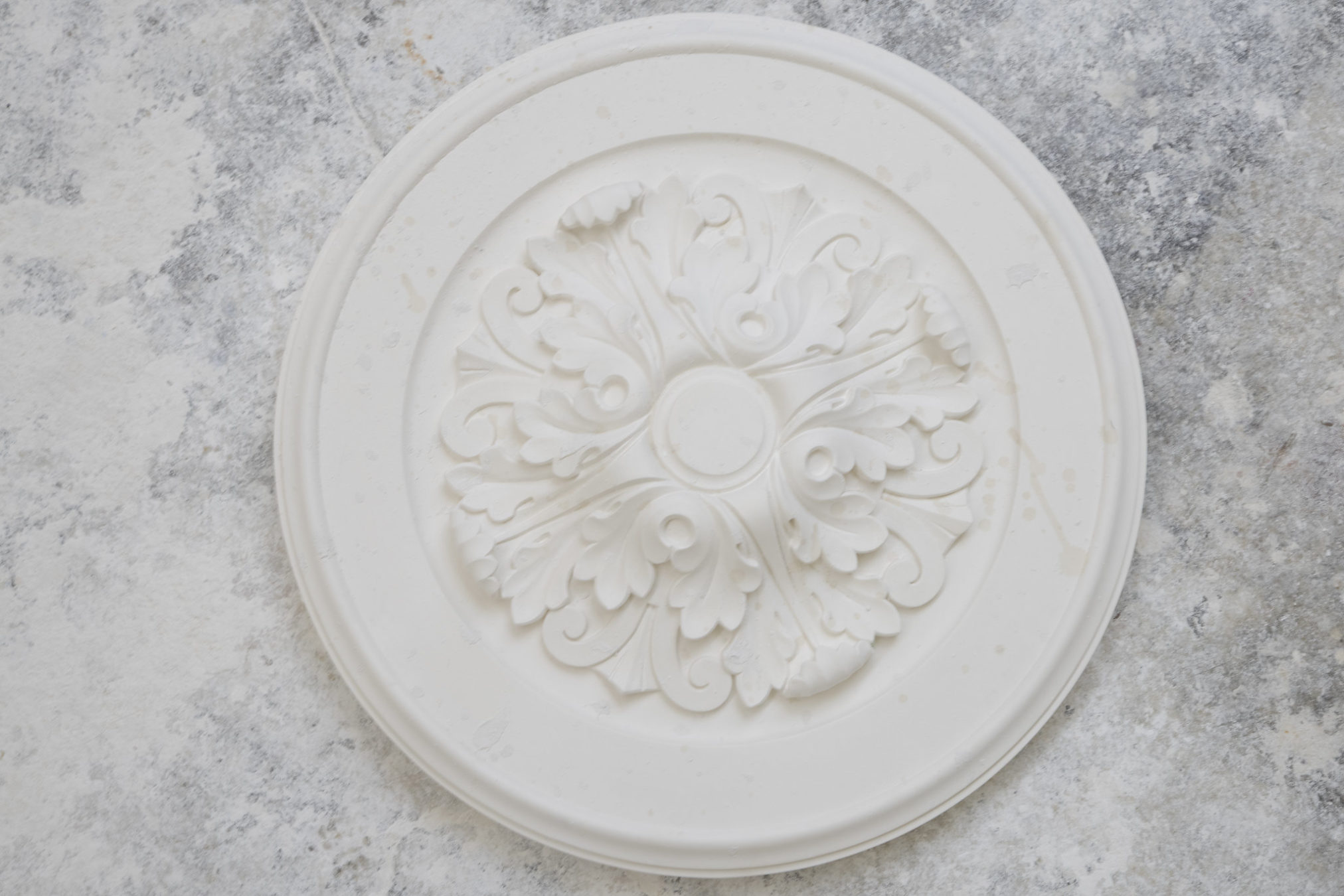
Classic














Bas-relief

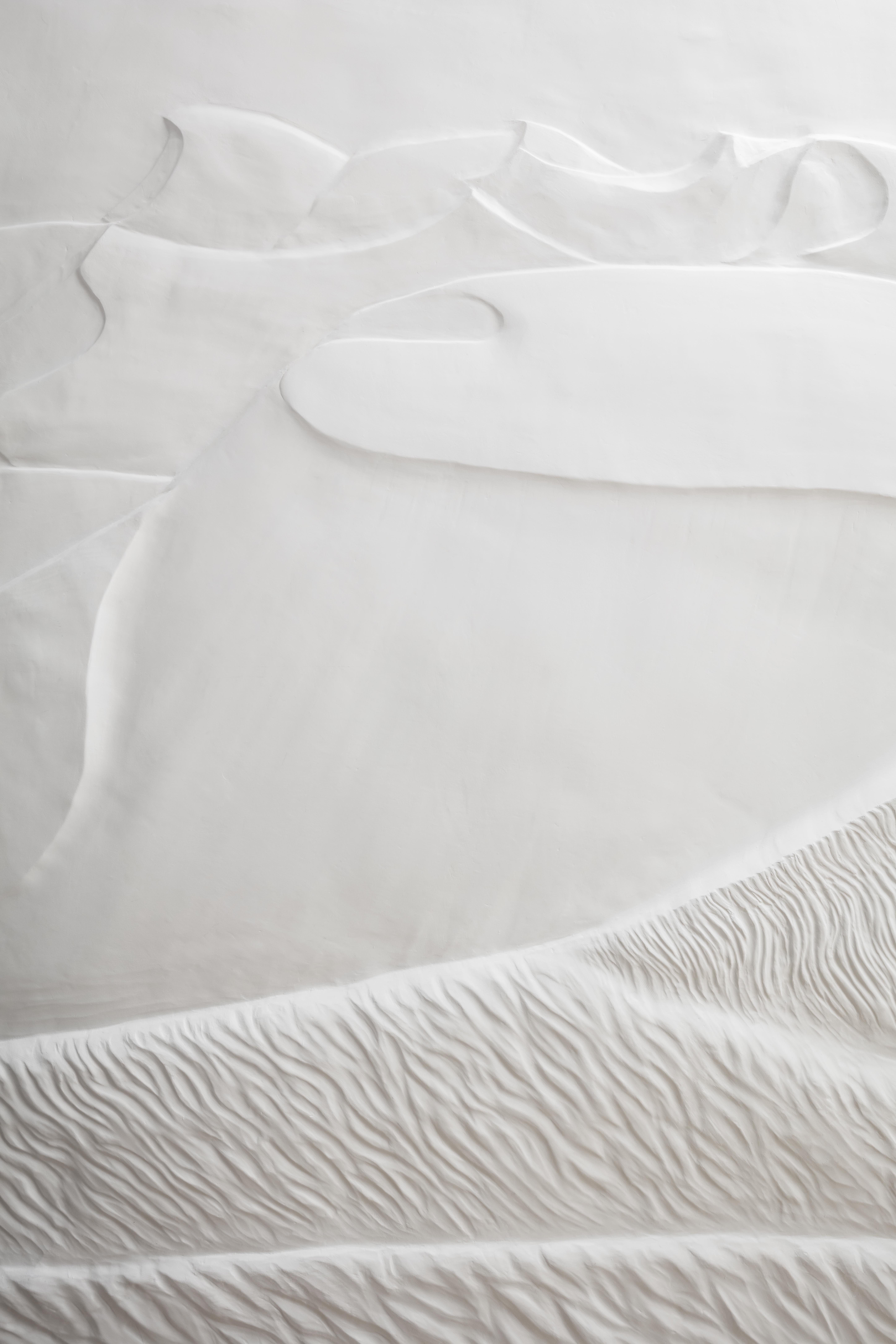


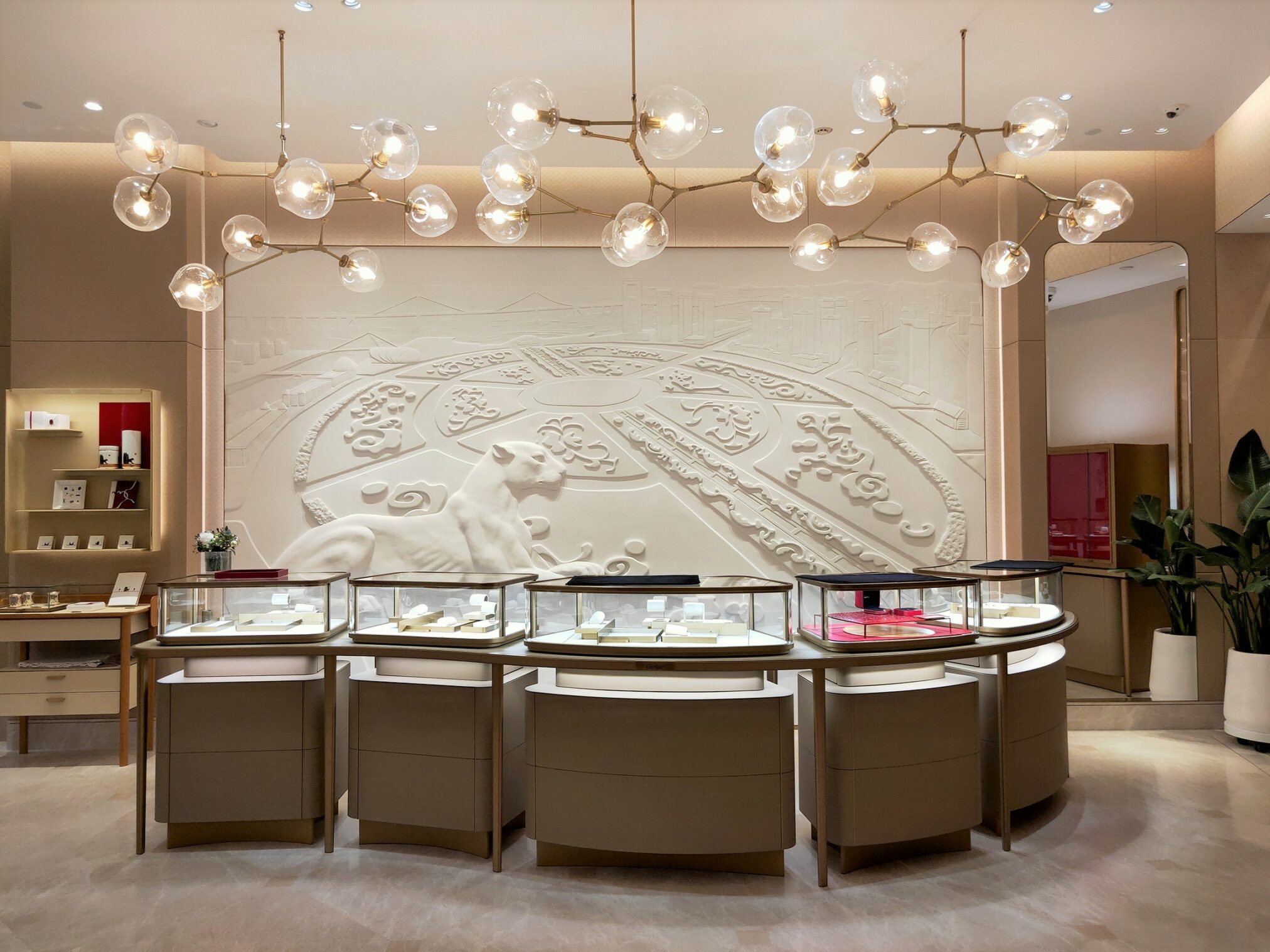



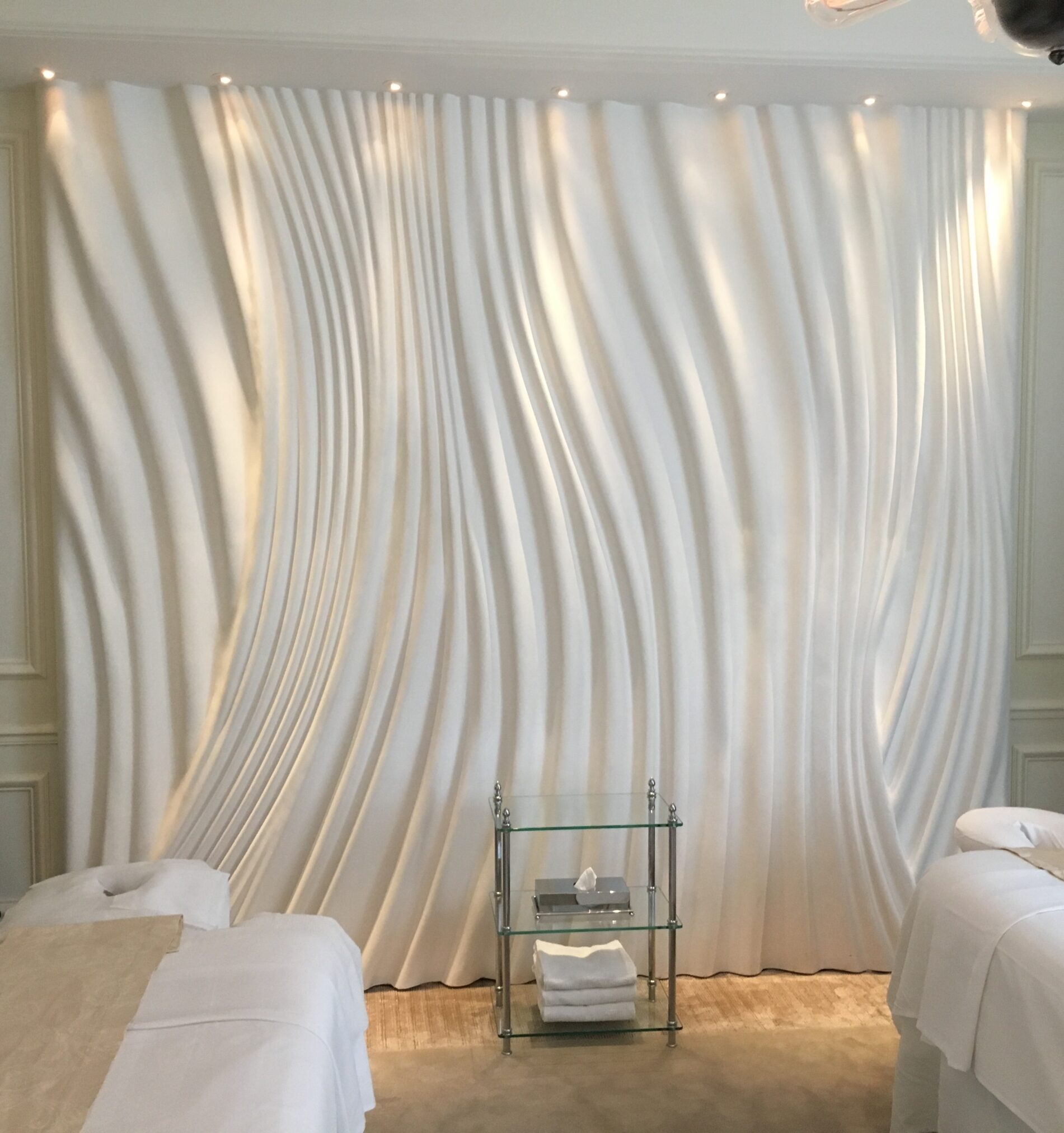
Bas-relief







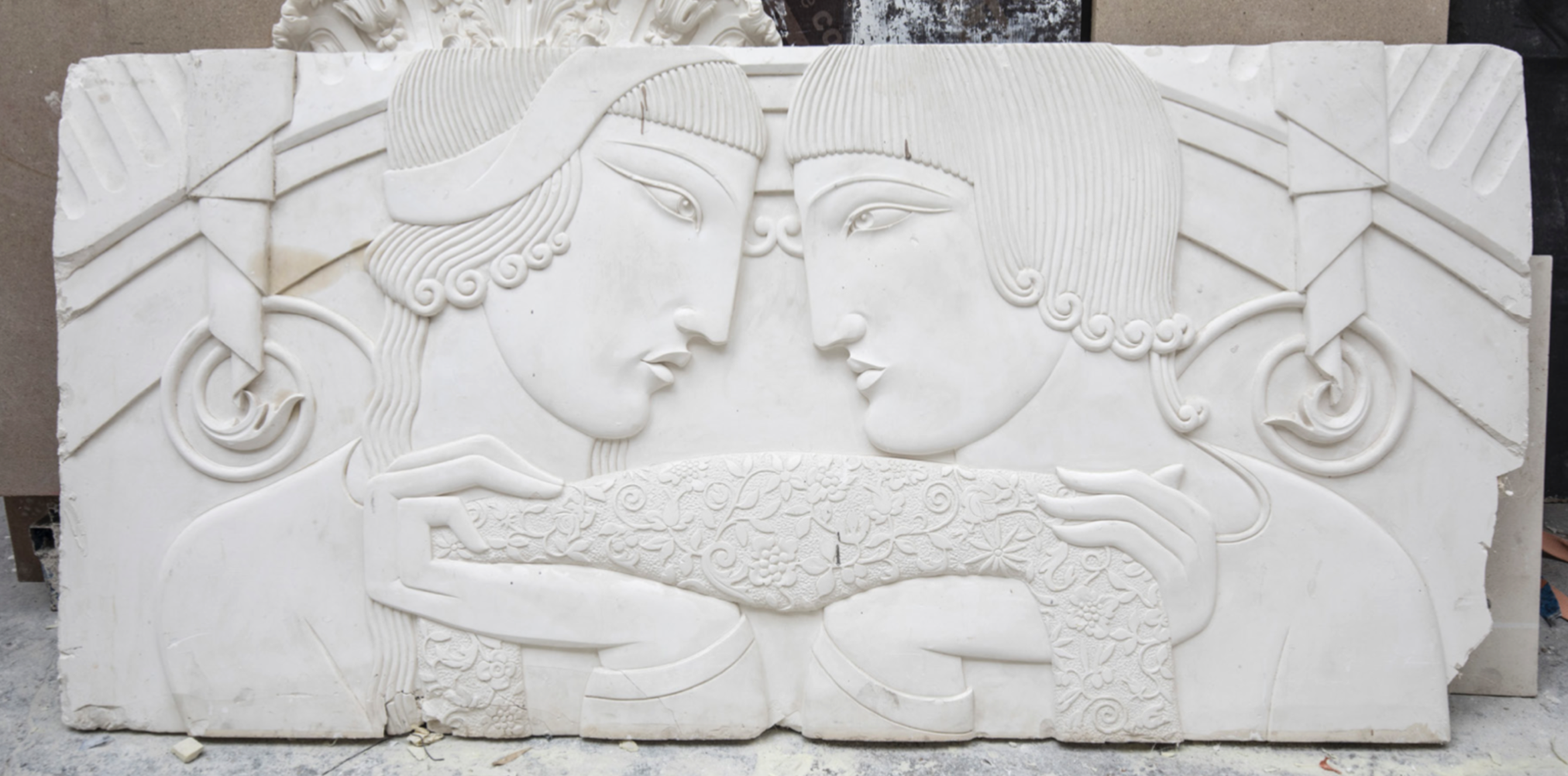




Architectural works
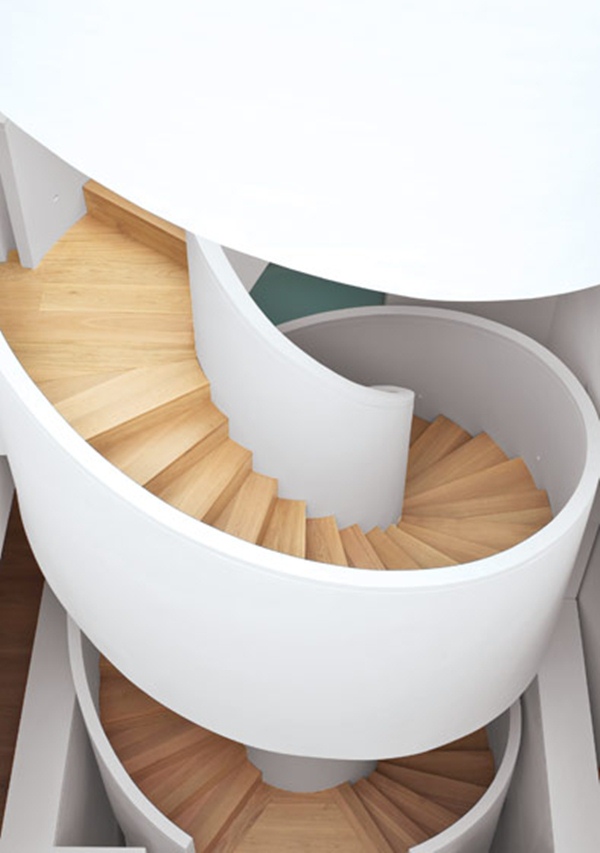
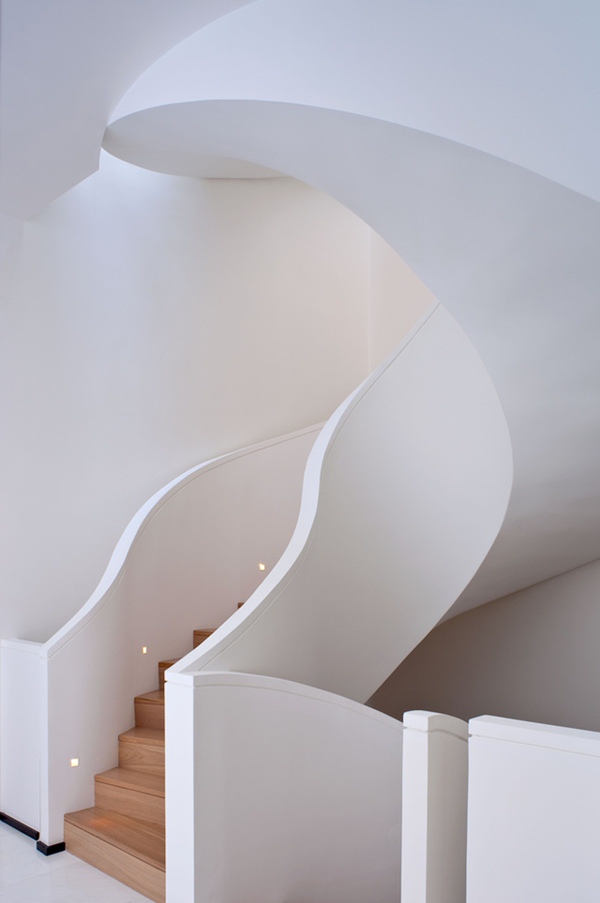



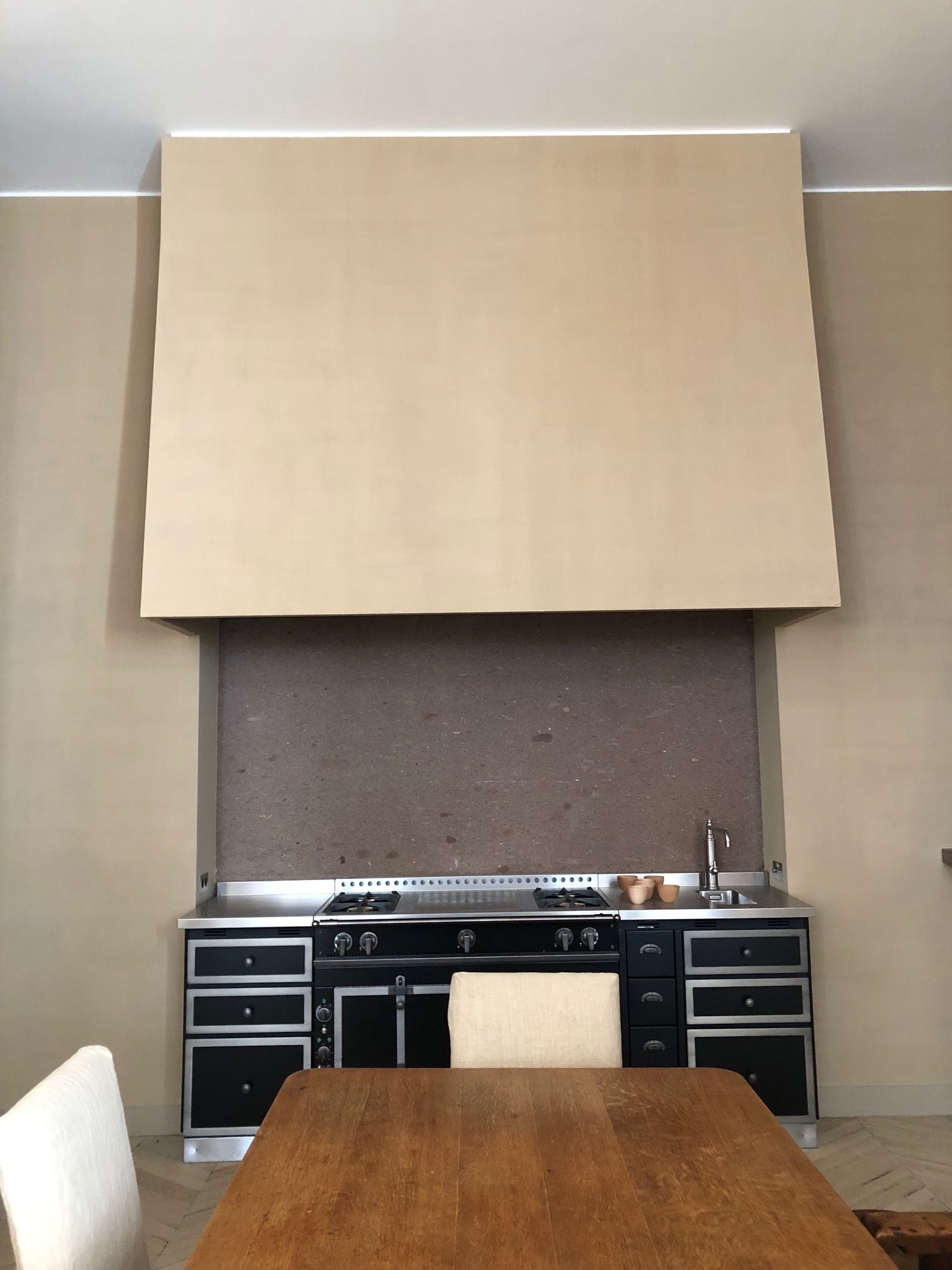



Architectural works









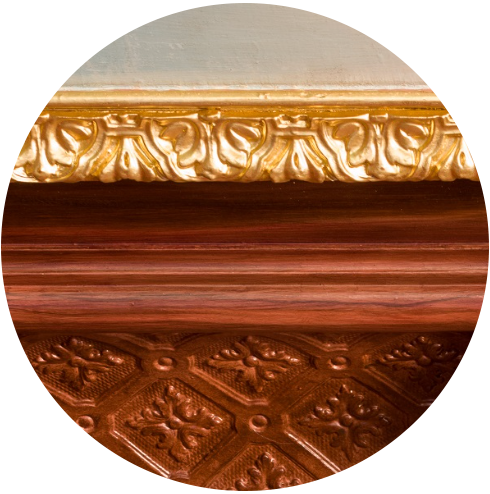
Restoration
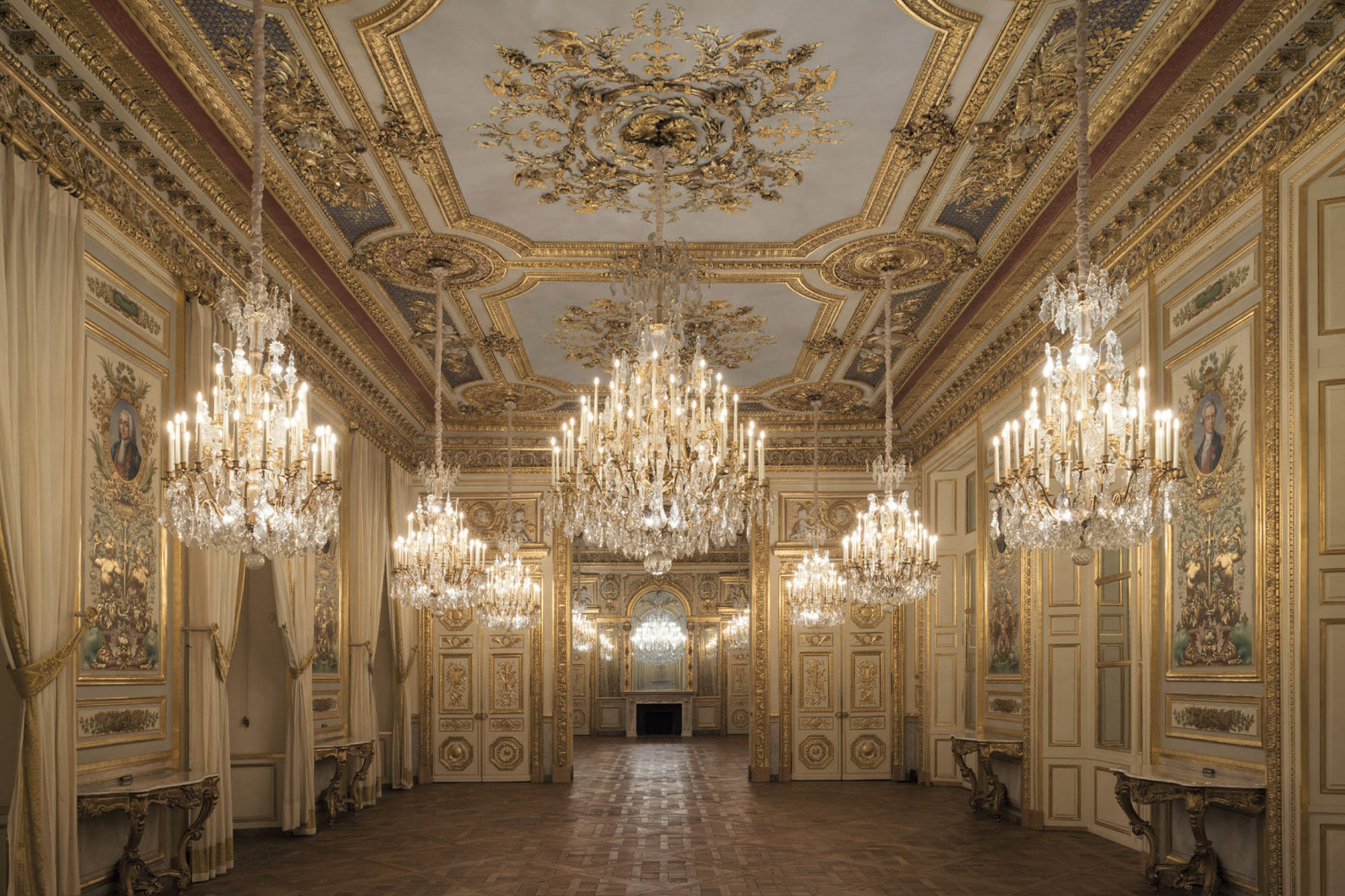
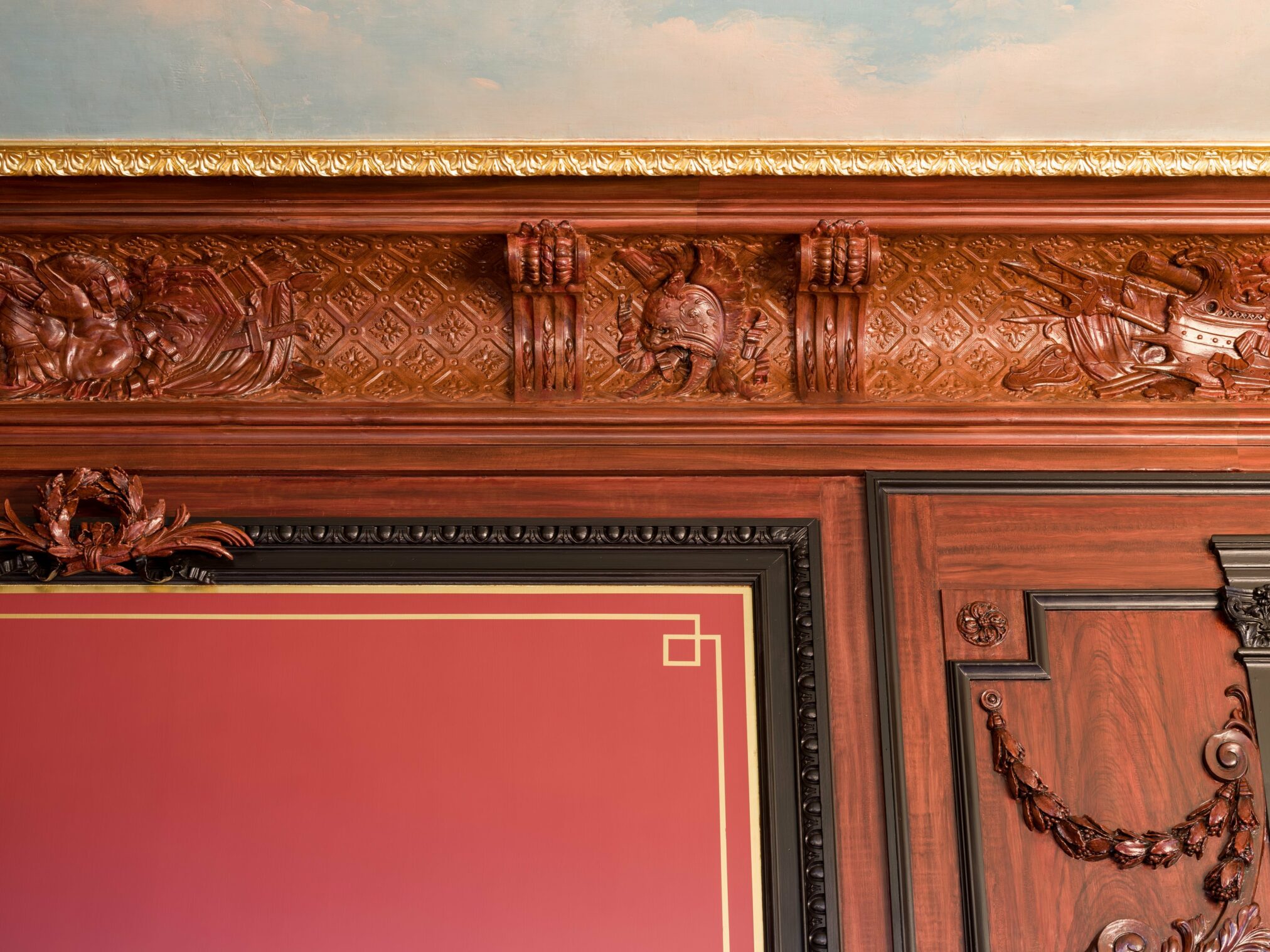

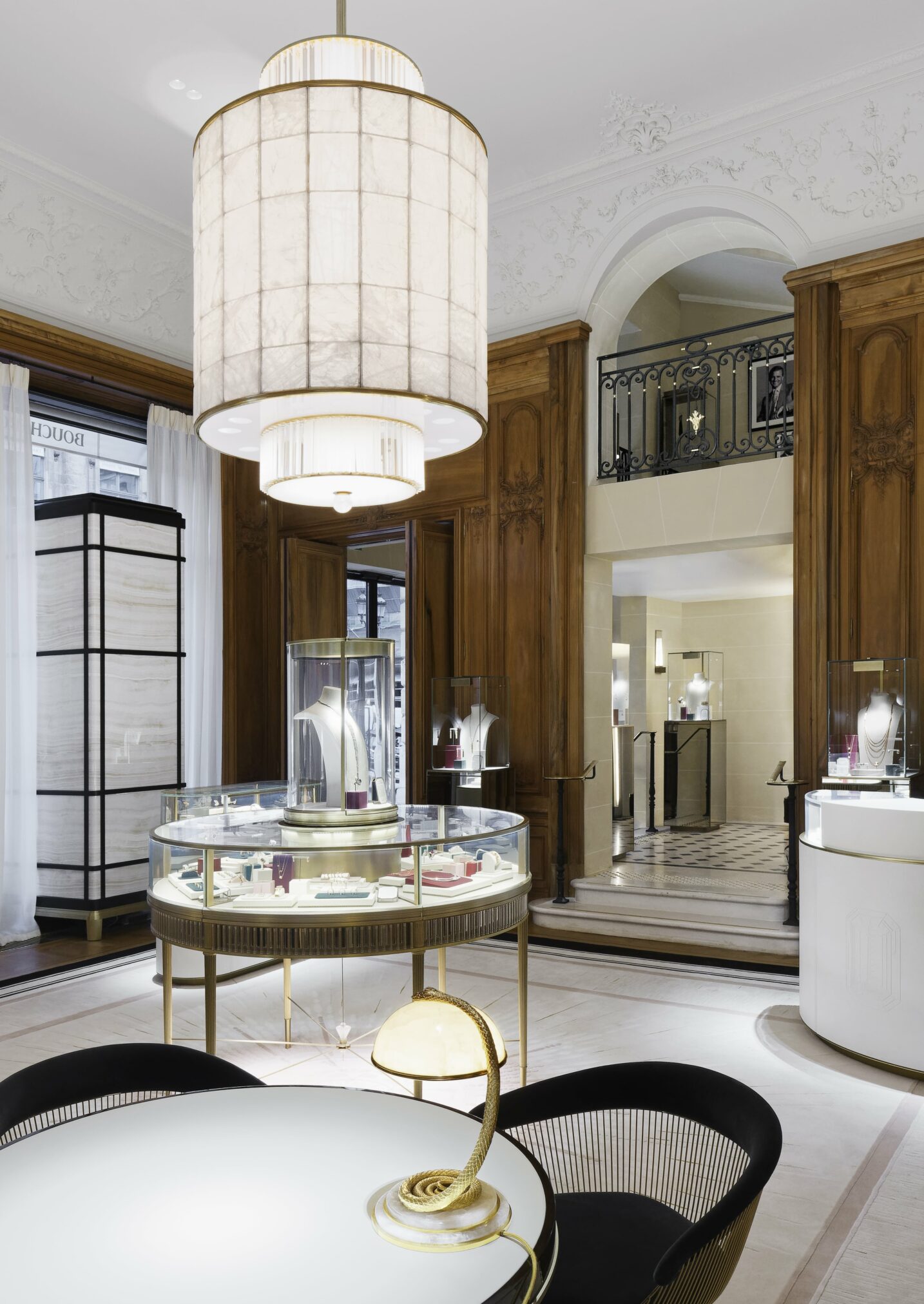
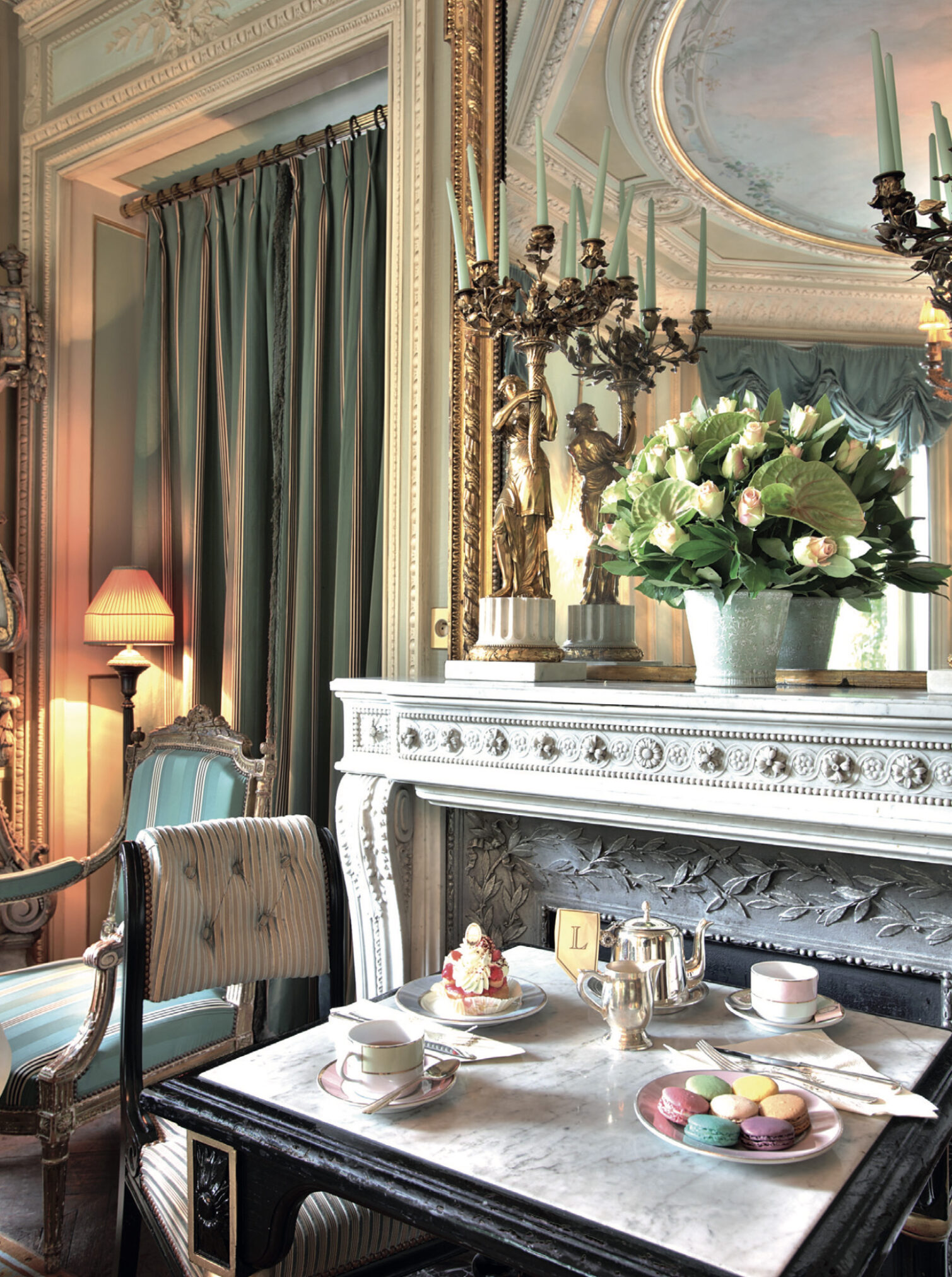
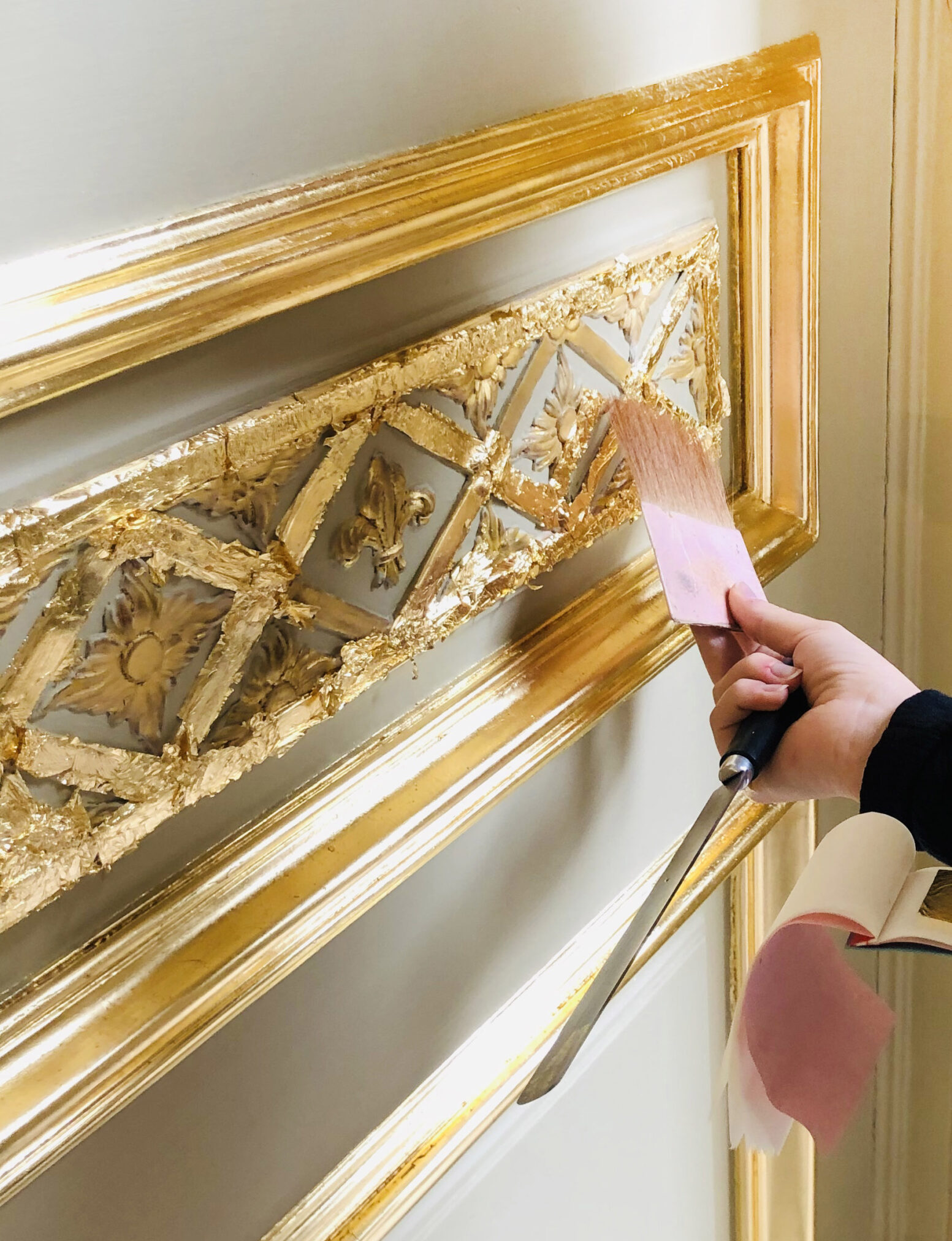
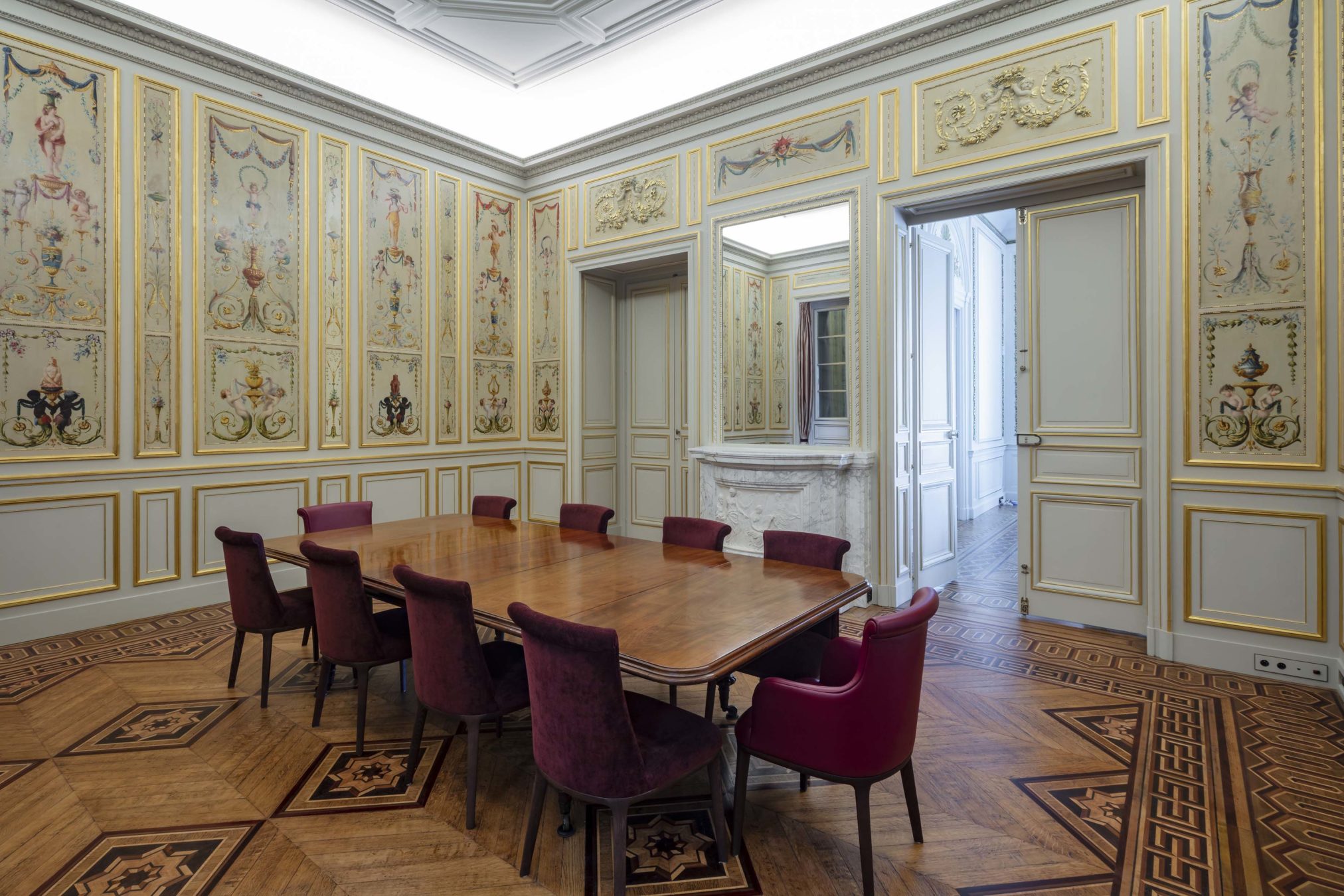


Restoration









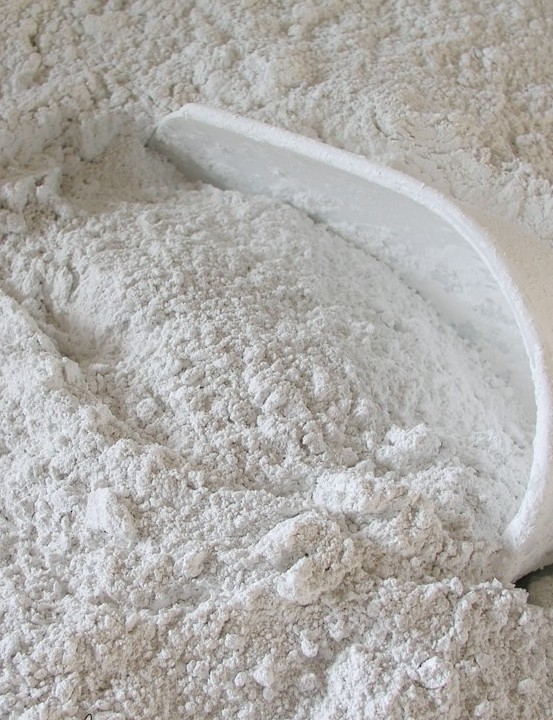
...to the staff
Plaster...

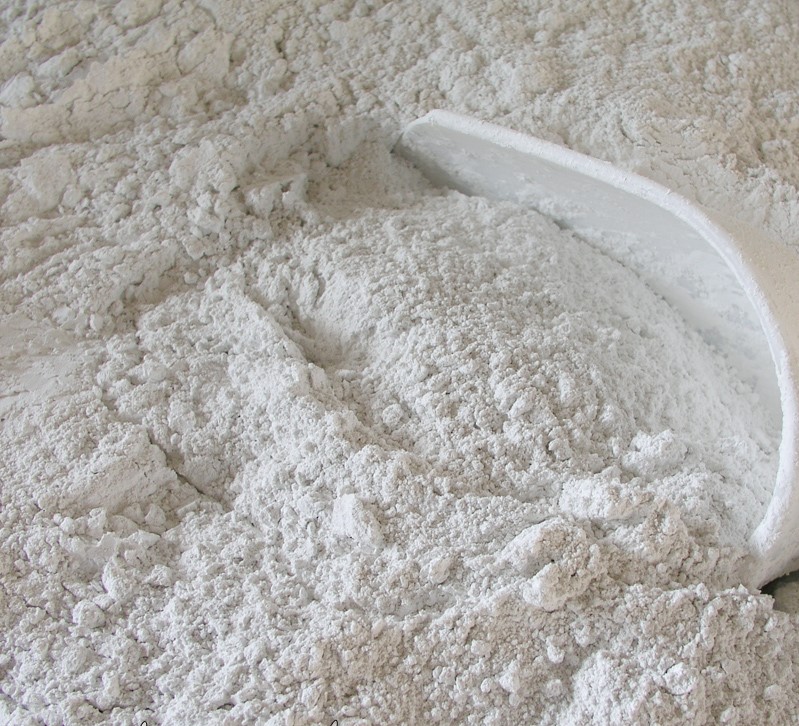
Plaster...
At the origin of our staff works is plaster, gypsum extracted from quarries in the Seine-et-Marne region, which gives the white powder so appreciated as a building material for its rapid setting, fire resistance and extreme finesse.

...to the staff
Reinforced with hemp (filasse), this plaster is transformed into staff - a very solid natural material appreciated in interior decoration since the 19th century. It's best known for its use in moldings, cornices and rosettes, but can also be used for many other architectural structures and elements: pilasters, columns, fireplaces, cupolas, false ceilings, bas-reliefs, and so on. Imagination is the only limit to its use.
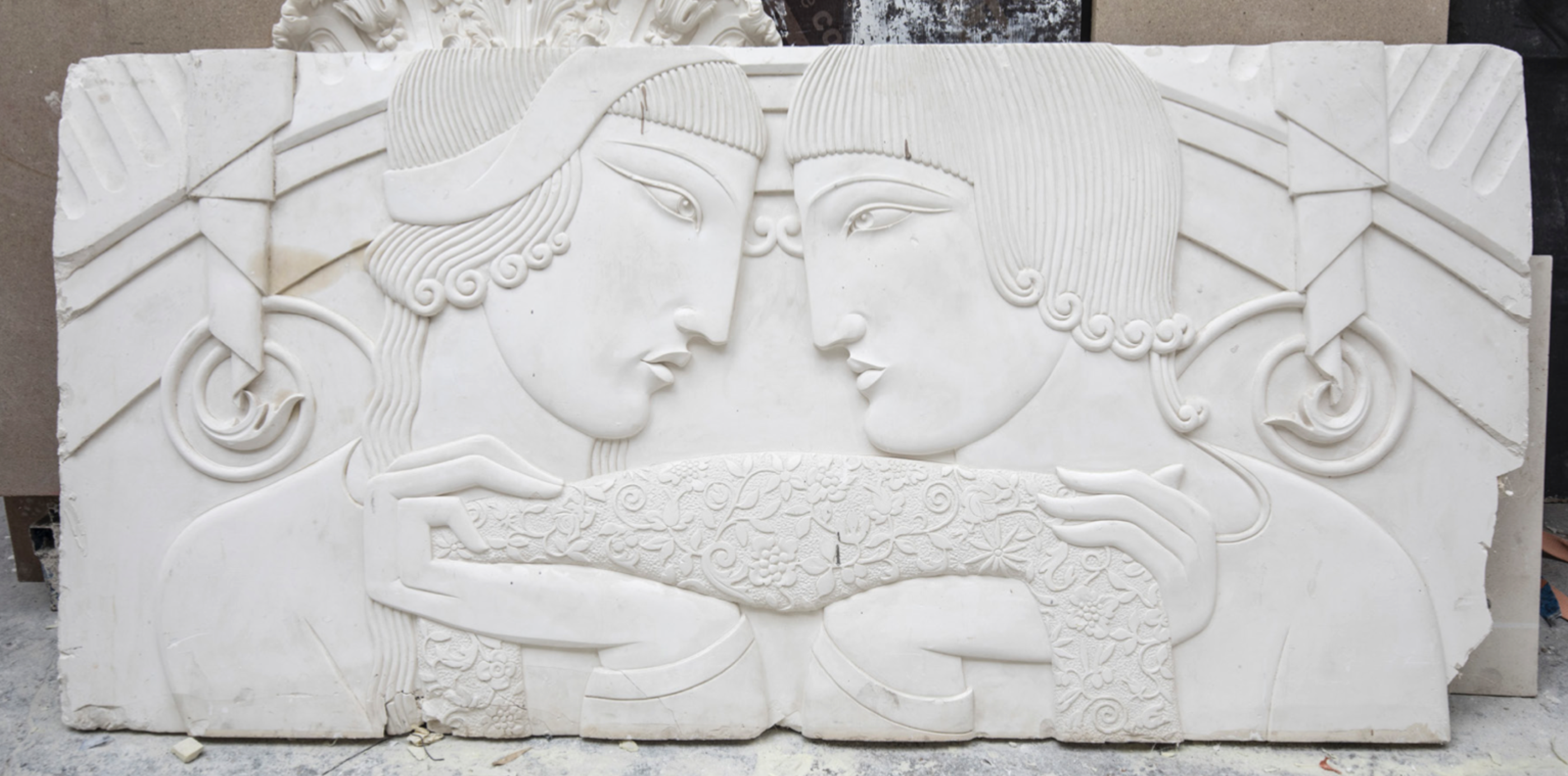
Stucco
Stucco is used to cover ceilings and walls, both indoors and out. It's a mixture of slaked air lime and "fillers", which can be sand, marble powder or stone powder. Colorants and binders, such as animal or vegetable glues, can also be incorporated, as well as "armor" made of hair, bristles or mesh for relief decorations such as mascarons.

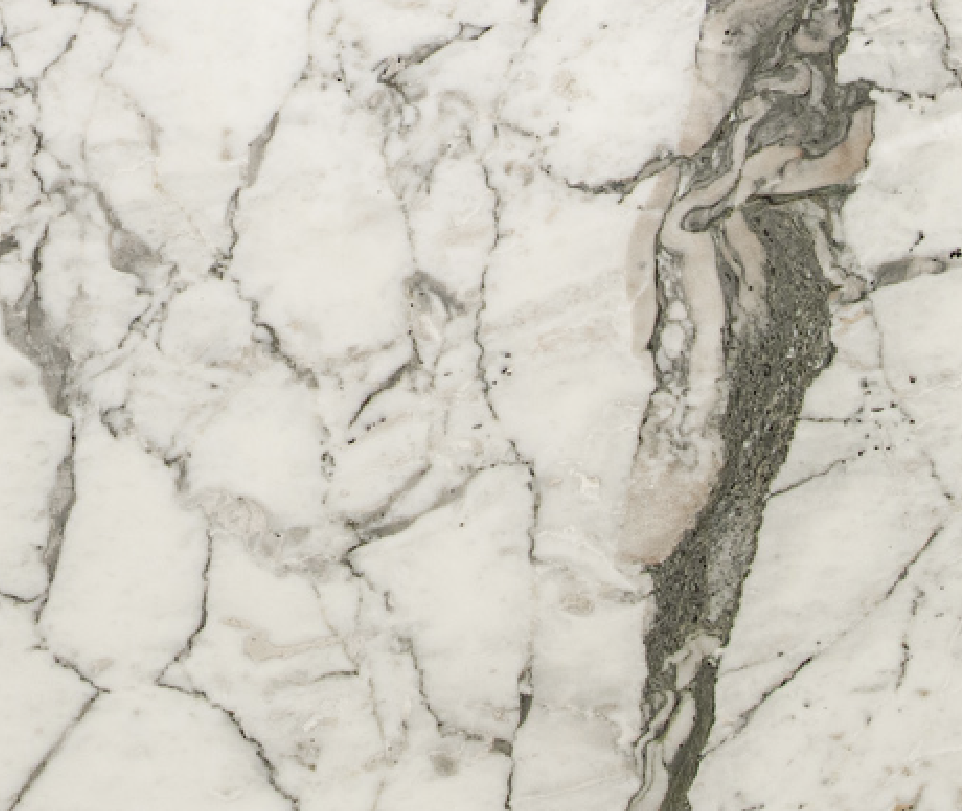
The principle is a succession of layers of progressively finer filler, modelled and cut. There are marble stucco, stone stucco, Roman stucco, Marmorino stucco, Mantua stucco, two-layer stucco and hot-iron stucco.... Slow-setting and more difficult to work with than plaster, stucco requires more work and a certain skill. But it is more "flexible" and therefore less prone to cracking than plaster. It also has better hygrometric properties.
To become a stucco plasterer :
European School of Art and Materials
Formation aux métiers d'Art "Les temps d'Art
École des Métiers SEPR "Formation aux métiers d'art rares" (Training in rare arts and crafts)
Stucco
Used in decoration since antiquity, today it's a material in its own right, adding to its restoration and imitation functions (stucco-stone, stucco-marble) that of a highly flexible material for contemporary creation.
Stucco is used to cover ceilings and walls, both indoors and out. It's a mixture of slaked air lime and "fillers", which can be sand, marble powder or stone powder. Colorants and binders, such as animal or vegetable glues, can also be incorporated, as well as "armor" made of hair, bristles or mesh for relief decorations such as mascarons.
The principle is a succession of layers of progressively finer filler, modelled and cut. There are marble stucco, stone stucco, Roman stucco, Marmorino stucco, Mantua stucco, two-layer stucco and hot-iron stucco.... Slow-setting and more difficult to work with than plaster, stucco requires more work and a certain skill. But it is more "flexible" and therefore less prone to cracking than plaster. It also has better hygrometric properties.

Our projects
Staff & Stuc





